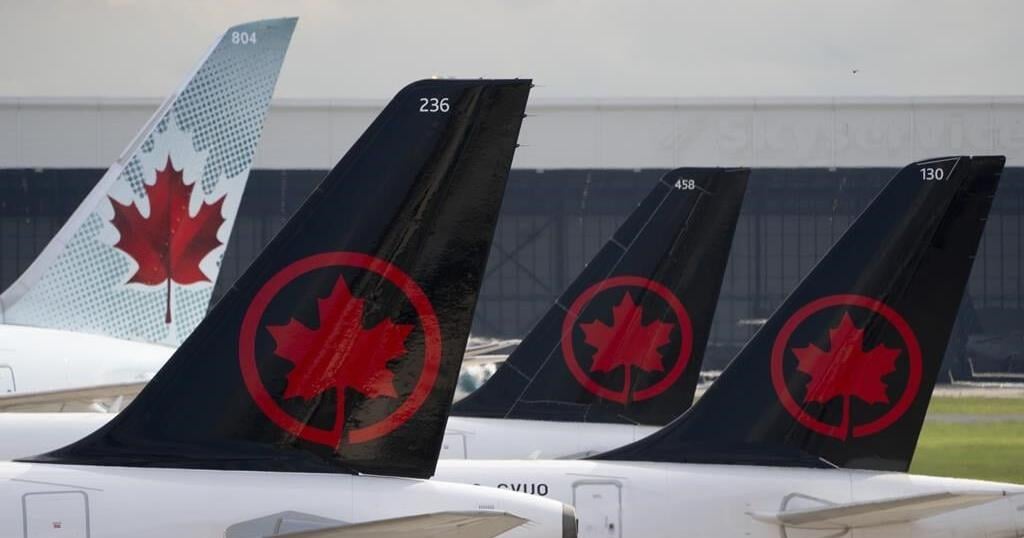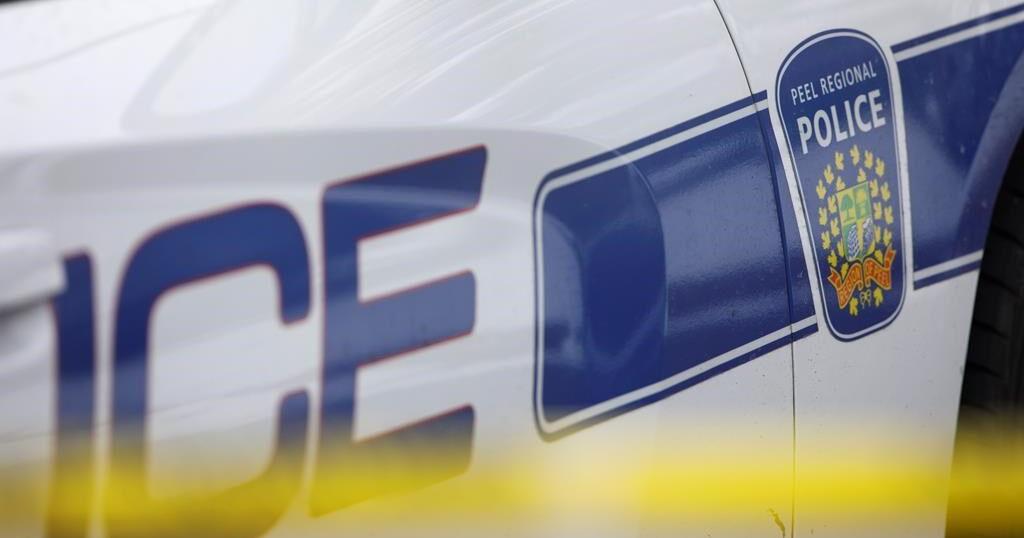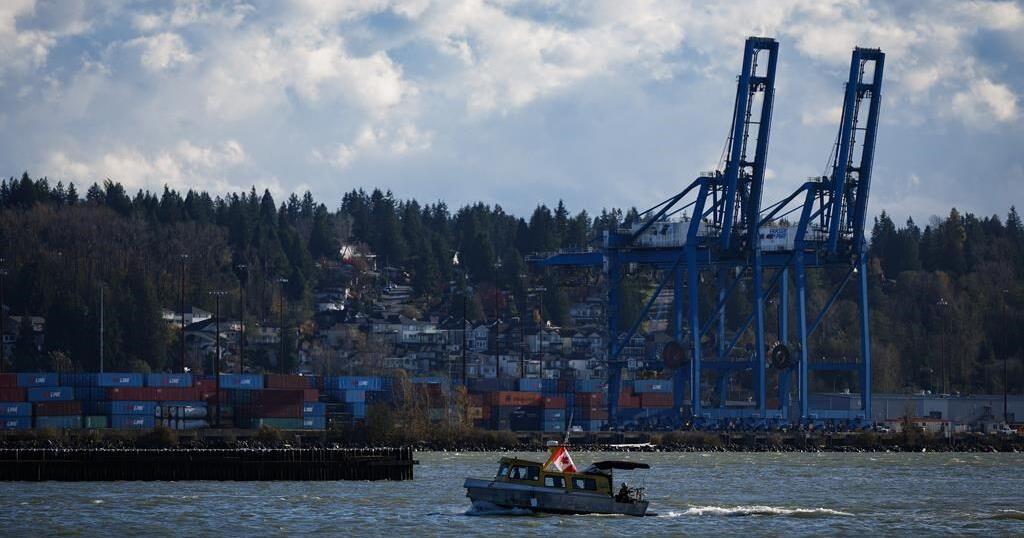MONTREAL – Air Canada saw its profits fall by half even while its revenue rose in its latest quarter, as the country’s largest airline struggled to complete the final stages of its recovery from COVID-19.
“Our second-quarter results were solid, although they did not achieve our internal expectations,” CEO Michael Rousseau told analysts on a conference call Wednesday.
Higher capacity and strong demand for international flights drove a year-over-year revenue growth of two per cent to $5.52 billion in the quarter ended June 30.
But revenue-per-seat figures dropped compared with the year before, when soaring post-pandemic demand and lower capacity across the industry made for fuller planes, higher fares and wider profit margins.
As a result, net income in Air Canada’s second quarter fell 51 per cent year-over-year to $410 million.
Operating expenses that stood nine per cent above those of a year earlier also help account for the plunge, as the cost of jet fuel and labour rose, chief financial officer John Di Bert said.
Despite ongoing growth, Air Canada’s post-COVID-19 rebound remains incomplete four and a half years after borders closed and lockdowns began.
“We’re still not back to 2019 levels in terms of scale and the size of the airline,” Di Bert said.
Air Canada’s adjusted earnings notched slightly higher in the second quarter of 2019 than five years later. The size of the carrier’s fleet is also smaller with 356 planes as of June 30, compared with 400 in the second quarter of 2019, although many of the scrapped aircraft were smaller, older and less efficient.
Last Friday the company’s share price sank to $14.90, a closing low not struck since October 2020.
“Like our shareholders, we’re disappointed with our stock price performance here … especially coming off our record 2023 and having completely repaired the balance sheet. We also know that most global airline stocks are having similar challenges,” Rousseau said.
National Bank analyst Cameron Doerksen said Air Canada’s stock will likely remain under pressure until it reaches a new contract with its pilots, though he added the share price reflects an “overly pessimistic outlook.”
Earlier this year, executives said corporate travel would help fuel profits in 2024, even as pandemic habits of video conferencing and remote work proved tough to shake.
Premium products — business cabin and premium economy fares — accounted for 30 per cent of passenger revenue growth in Air Canada’s first quarter. The tickets yield fatter profit margins than lower-tier seats.
Momentum on that front has continued, particularly in Canada-U.S. travel, said Mark Galardo, head of revenue and network planning. “That being said, we’re still about 25 to 30 per cent below where we were in 2019.”
As competitors flocked to transatlantic routes, Air Canada cut its capacity for trips across the pond by about eight per cent and shifted planes to Asia, where it ramped up flight volumes by a third. Two new routes — Toronto to Seoul, South Korea, and Montreal to Osaka, Japan — did “exceedingly well,” Galardo said.
However, hurdles in the Pacific remain. They include China’s tight restrictions on tour group visits to Canada and a Russian airspace ban that forces Canadian carriers to take a longer route to Asia, adding significant fuel and labour costs.
“Too early to say what we see in 2025 because some variables are outside of our control like capacity to and from China. But I think you can expect the Pacific to continue to be relatively robust all the way to the end of the year,” Galardo said.
The airline plans to pursue a “measured approach” to expansion, he added. It had only two more planes in its fleet last quarter than the year before. But it also locked down leases on eight Boeing 737 Max 8s, set to hit the tarmac next summer.
On an adjusted basis, the Montreal-based company earned 98 cents per diluted share, down from an adjusted profit of $1.85 per diluted share in the same quarter a year ago. The result beat analysts’ recent expectations of 92 cents per diluted share. But it also came after Air Canada lowered its 2024 financial forecast in late July, saying its planes have not been as full as anticipated due in part to tough competition in international markets.
In its outlook Wednesday, the airline said it plans to increase its flight capacity in the third quarter by between four and 4.5 per cent compared with the same quarter in 2023.
This report by The Canadian Press was first published Aug. 7, 2024.
Companies in this story: (TSX:AC)

























